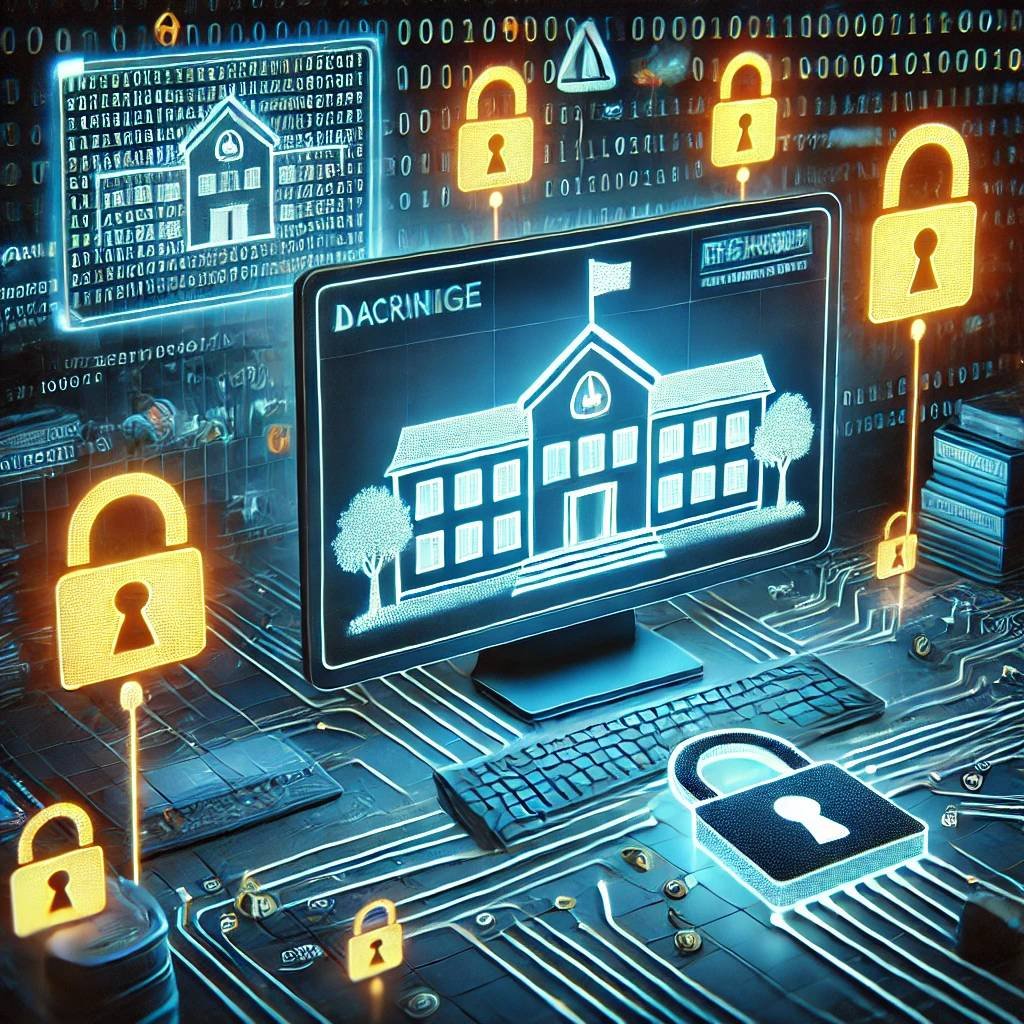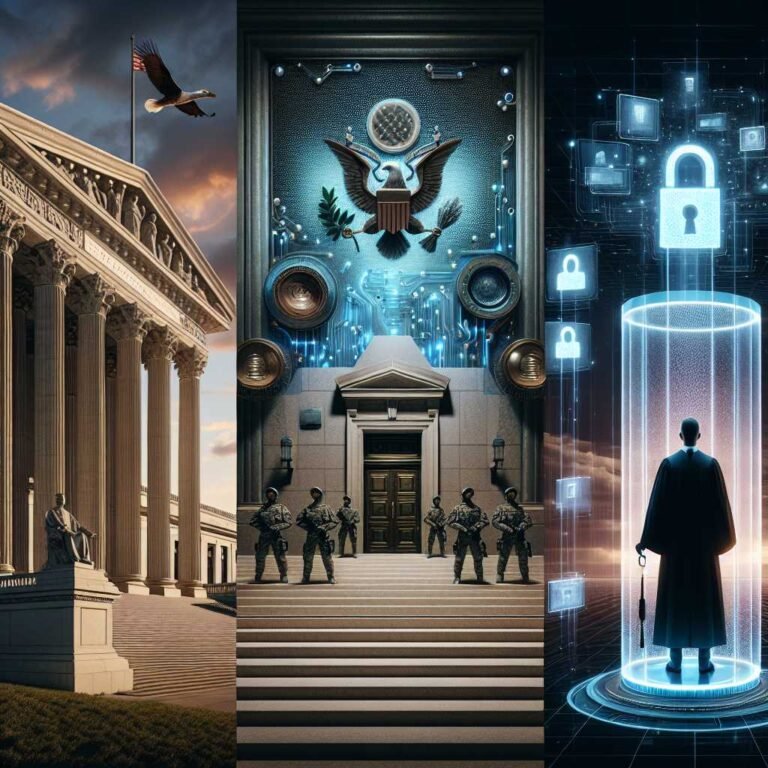PowerSchool’s Ransom Payment: A Necessary Evil to Protect Student Data
- Introduction
- Outline
- Overview of the PowerSchool Incident
- The Role of Compromised Credentials
- Shift from Ransomware to Data Extortion
- Impact on Students and Educators
- PowerSchool’s Response
- Preventing Future Breaches
- The Role of Regulatory Compliance
- FAQs on Educational Cybersecurity
- Conclusion
- Discover more at InnoVirtuoso.com
Introduction
The recent report that PowerSchool, a major school software provider, paid a ransom to prevent sensitive student and teacher data from being leaked has reignited concerns about cybersecurity in the education sector. While PowerSchool denies this was a ransomware attack, it confirmed paying to ensure the data was not disseminated. This incident highlights vulnerabilities in educational institutions and the need for robust data protection measures.
In this article, we’ll break down what happened, explore the implications of data breaches in the education sector, and provide actionable insights to help organizations safeguard sensitive data.
Outline
| Section | Subsection |
|---|---|
| 1. Overview of the PowerSchool Incident | – Timeline of events – Key details from the breach notification |
| 2. The Role of Compromised Credentials | – How the breach occurred – Importance of credential security |
| 3. Shift from Ransomware to Data Extortion | – Emerging trends in cybercrime – Focus on data exfiltration over encryption |
| 4. Impact on Students and Educators | – Types of data compromised – Potential risks for affected individuals |
| 5. PowerSchool’s Response | – Steps taken to mitigate the breach – Notification and monitoring measures |
| 6. Implications for Educational Institutions | – Why schools are prime targets – Broader cybersecurity challenges |
| 7. Preventing Future Breaches | – Best practices for credential security – Role of multi-factor authentication |
| 8. The Role of Regulatory Compliance | – Data protection laws – Reporting requirements for breaches |
| 9. The Growing Threat of Data Extortion | – How cybercriminals exploit sensitive data – Real-world examples |
| 10. FAQs on Educational Cybersecurity | – Common concerns and practical advice |
Overview of the PowerSchool Incident
PowerSchool, a leading provider of K-12 software and cloud solutions for schools in the U.S. and Canada, confirmed that attackers accessed sensitive data through its PowerSource portal on December 28, 2024.
Timeline of Events
- December 28, 2024: Unauthorized access was gained via a compromised credential.
- January 7, 2025: PowerSchool notified customers of the breach.
- January 8, 2025: Reports surfaced that PowerSchool paid a ransom to prevent data leakage.
Key Details
- The breach was isolated to the PowerSource portal.
- Compromised information involved data on families and educators.
- Impacted individuals are being notified, with free credit monitoring offered to adults and identity protection for minors.
The Role of Compromised Credentials
How the Breach Occurred
The attackers exploited a compromised credential to gain access to PowerSource, a customer support portal. This underscores the risks associated with:
- Weak passwords.
- Lack of multi-factor authentication (MFA).
- Insider threats or phishing attacks.
Lessons Learned
- Organizations must implement strict password policies and MFA.
- Regular audits should identify compromised or weak credentials.
Shift from Ransomware to Data Extortion
Cybercriminals are increasingly focusing on data exfiltration instead of deploying ransomware payloads. This shift allows attackers to extort victims by threatening to release sensitive information, bypassing the need for encryption.
Why Data Extortion Works
- Valuable Data: Schools store personal, financial, and academic information, making them lucrative targets.
- Lower Costs for Attackers: Data exfiltration requires less infrastructure than encrypting entire networks.
Impact on Students and Educators
Types of Data Compromised
While PowerSchool hasn’t detailed the exact nature of the data, breaches in educational institutions often include:
- Personal Identifiable Information (PII): Names, addresses, Social Security numbers.
- Financial Data: Payment information for tuition or fees.
- Academic Records: Grades and test results.
Potential Risks
- Identity Theft: Students and staff could face financial fraud.
- Social Engineering: Stolen data may enable phishing attacks.
PowerSchool’s Response
PowerSchool took several measures to address the breach:
- Credential Deactivation: The compromised credential was revoked.
- Password Resets: All portal accounts underwent mandatory password resets.
- Strengthened Access Controls: Enhanced security measures were implemented.
- Customer Support: Impacted individuals received credit monitoring and identity protection.
What’s Missing?
PowerSchool’s refusal to comment on paying a ransom raises questions about transparency and accountability in handling such incidents.
Preventing Future Breaches
1. Credential Security
- Enforce strong password policies: Require long, complex passwords.
- Implement MFA: Add an extra layer of security to all accounts.
2. Regular Security Audits
- Conduct vulnerability assessments to identify and patch weaknesses.
3. Incident Response Plans
- Develop and test plans for breach containment and mitigation.
The Role of Regulatory Compliance
Educational institutions must adhere to data protection laws like:
- FERPA (Family Educational Rights and Privacy Act) in the U.S.
- PIPEDA (Personal Information Protection and Electronic Documents Act) in Canada.
Non-compliance can lead to fines and reputational damage.
FAQs on Educational Cybersecurity
1. Why are schools frequent targets for cyberattacks?
Schools store large volumes of sensitive data but often lack the resources for robust cybersecurity measures.
2. What steps can parents take to protect their children?
- Monitor your child’s personal information for signs of misuse.
- Educate them about phishing and online safety.
3. Should schools disclose ransom payments?
While controversial, transparency fosters accountability and may deter future attacks.

Conclusion
The PowerSchool incident is a stark reminder of the vulnerabilities within the education sector. As cybercriminals shift from ransomware to data extortion, schools and software providers must prioritize robust security measures. Transparency, proactive defense, and adherence to best practices can minimize risks and protect sensitive information.
Discover more at InnoVirtuoso.com
I would love some feedback on my writing so if you have any, please don’t hesitate to leave a comment around here or in any platforms that is convenient for you.
For more on tech and other topics, explore InnoVirtuoso.com anytime. Subscribe to my newsletter and join our growing community—we’ll create something magical together. I promise, it’ll never be boring! 🙂
Stay updated with the latest news—subscribe to our newsletter today!
Thank you all—wishing you an amazing day ahead!






